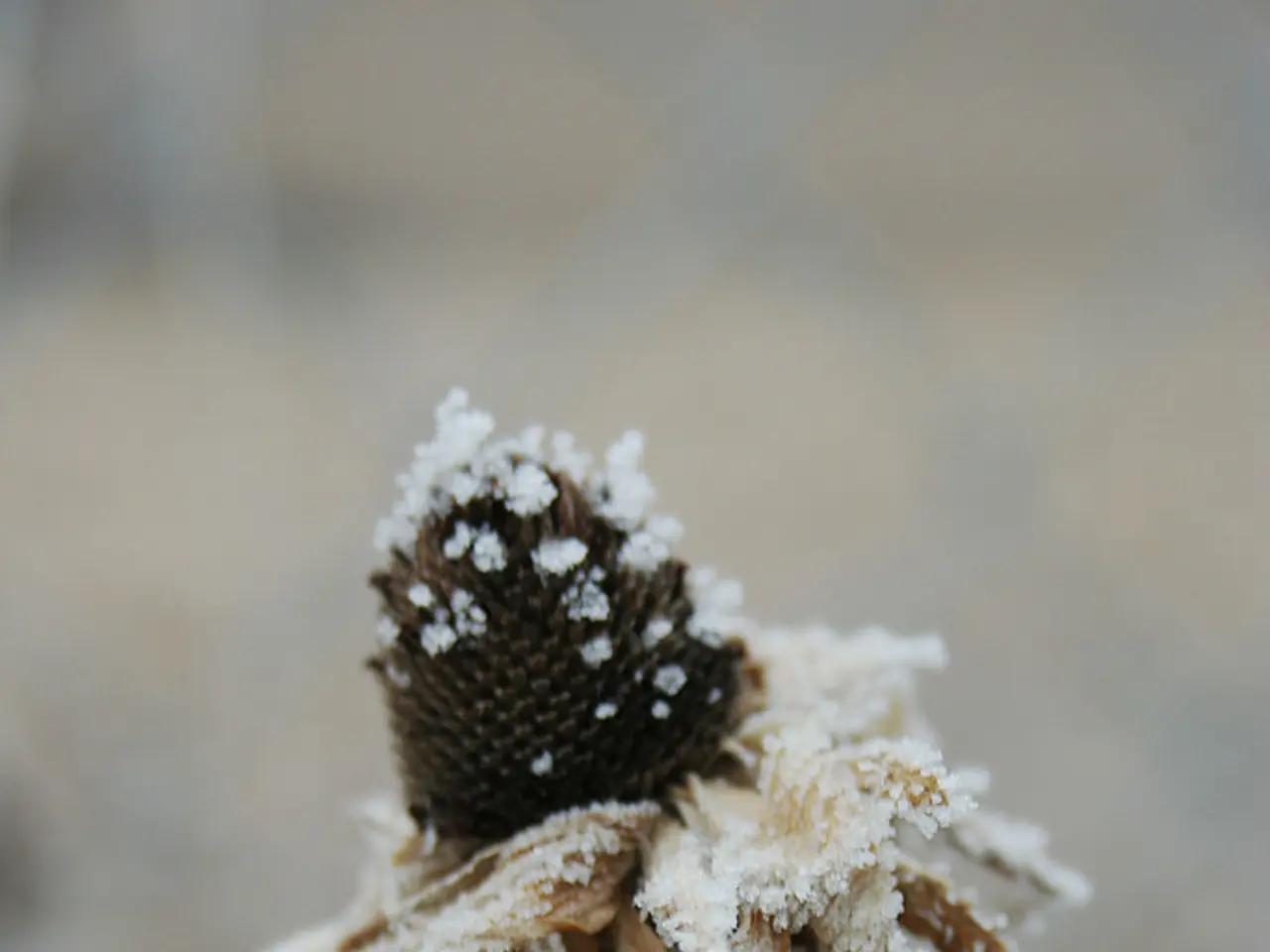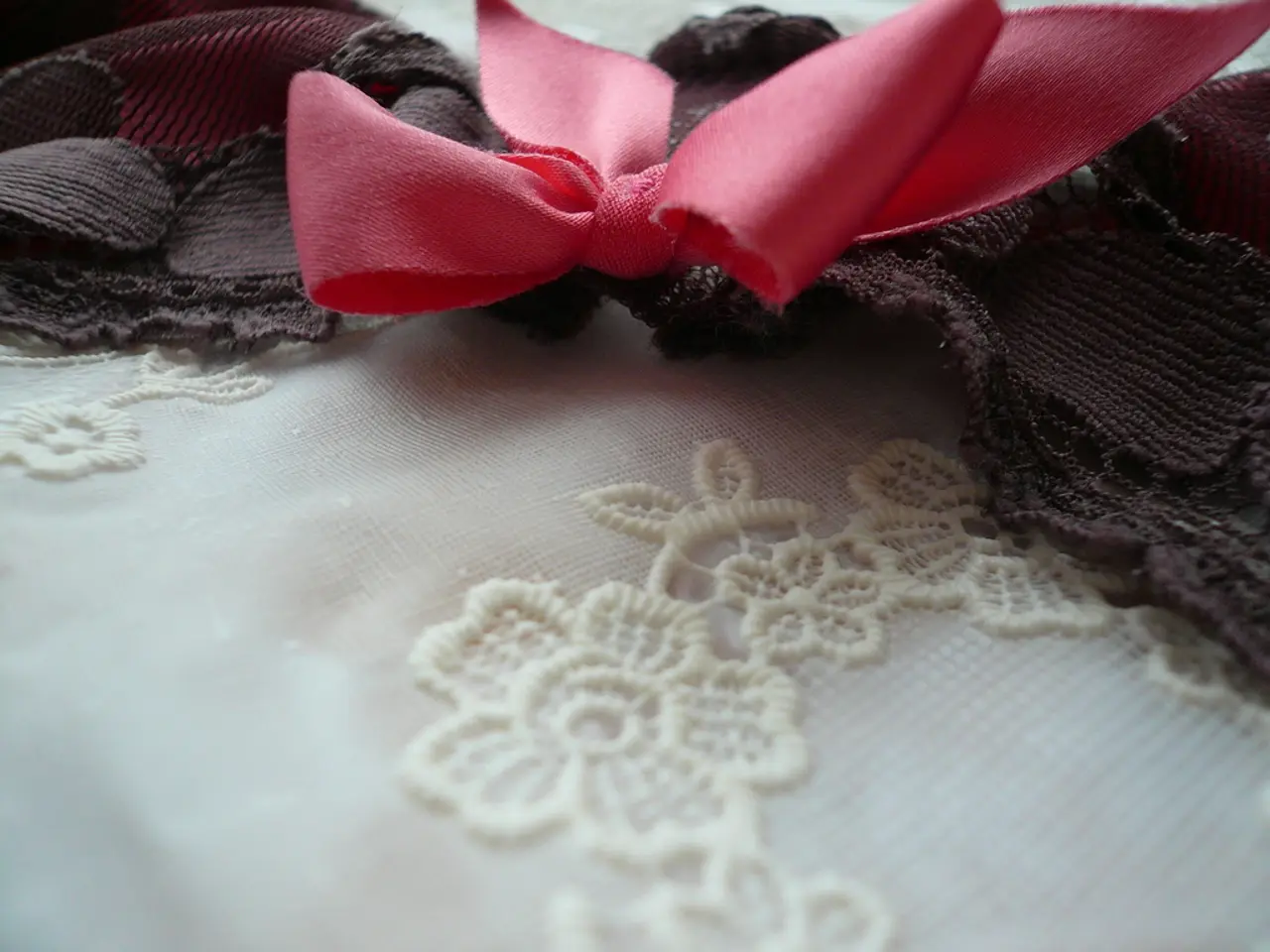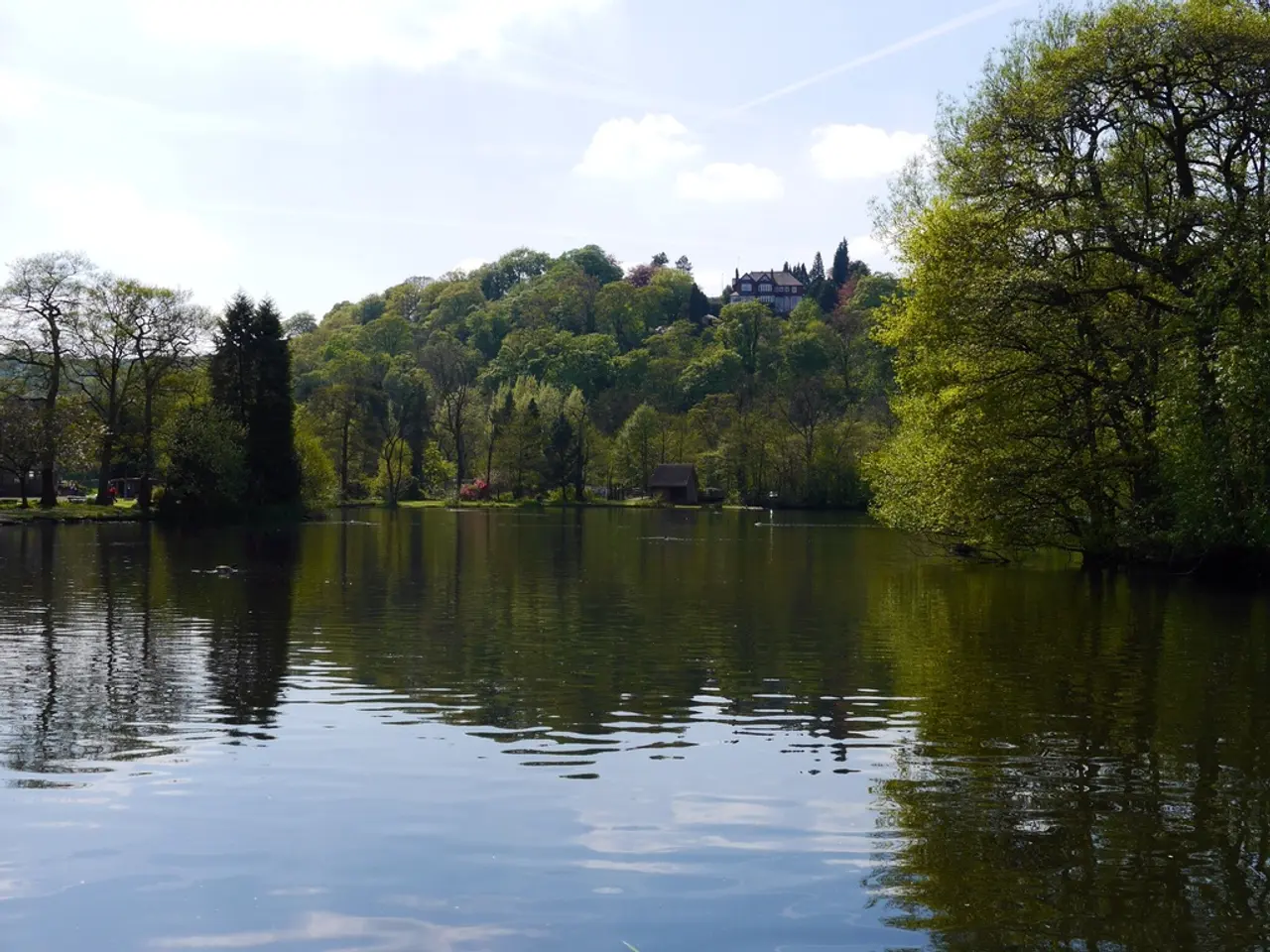Planting Timeline for Gardeners in Wisconsin: A Seasonal Overview of Bulb Planting
In Wisconsin, autumn is the ideal season for planting bulbs to ensure a vibrant display of spring flowers. Gardening expert Glen, with over 15 years of experience, recommends planting bulbs in September or October. This timing allows the bulbs to establish roots before winter sets in, resulting in impressive spring blooms.
When planting, it's essential to consider the depth of the bulbs. Large bulbs like tulips and daffodils should be planted about 6-8 inches deep, while smaller bulbs such as crocuses can be planted 3-4 inches deep. The tip of the bulb should face upwards, and compost should be mixed into the soil to provide essential nutrients.
Choosing the right bulbs is crucial for a successful planting. Opt for firm, plump, and blemish-free bulbs to guarantee the best results. To deter small animals like chipmunks and squirrels from digging up bulbs, consider using chicken wire to cover the planting area.
Proper preparation of the planting site is also vital. Ensure good drainage, optimal soil conditions, and the right sunlight for the bulbs. For bulbs that thrive in full sun to partial shade, like daffodils, choose a sunny spot. Crocuses, which tolerate partial shade better, can be planted in slightly shaded areas.
In Wisconsin, it's important to maintain a slightly acidic to neutral soil pH for bulbs to thrive. If the soil has too much clay, organic matter like compost or peat moss can be added to improve texture and drainage.
Watering bulbs thoroughly after planting helps settle the soil and eliminates air pockets. During dry spells, water bulbs every 7-10 days to maintain consistent moisture without waterlogging.
Insulating bulb beds with a thick layer of mulch can protect bulbs from harsh winter weather in Wisconsin. Mulching also provides ongoing moisture and protection, suppressing weeds and shielding bulbs from extreme weather. Using straw mulch as an insulator works well when planting late in the season, just before the ground freezes.
In addition to daffodils, tulips, and hyacinths, other cold-hardy and drought-tolerant bulbs like Allium are great choices for Wisconsin gardens. Planting grape hyacinth or poisonous bulbs like daffodils can act as a deterrent for small animals.
Spacing between bulbs impacts their health. Large bulbs need about 4-6 inches apart, and smaller bulbs can snugly fit 2-3 inches apart. Proper spacing ensures each bulb has enough room to grow and thrive.
Lastly, using a balanced bulb fertilizer supports vibrant blooms and healthy growth. Apply a balanced bulb fertilizer or bone meal when planting, and side-dress with a 5-10-5 fertilizer in spring.
By following these guidelines, you can ensure that your spring-flowering bulbs in Wisconsin are well-prepared to bloom beautifully in the upcoming spring season. Happy gardening!
For a successful gardening project, using a balanced bulb fertilizer will promote vibrant blooms and healthy growth. Apply a balanced bulb fertilizer or bone meal when planting, and side-dress with a 5-10-5 fertilizer in spring. To create an attractive home-and-garden lifestyle, consider planting bulbs like tulips, daffodils, and crocuses in your Wisconsin garden. Adding chicken wire can deter small animals from digging up bulbs, and using straw mulch as an insulator will protect bulbs from harsh winter weather.




